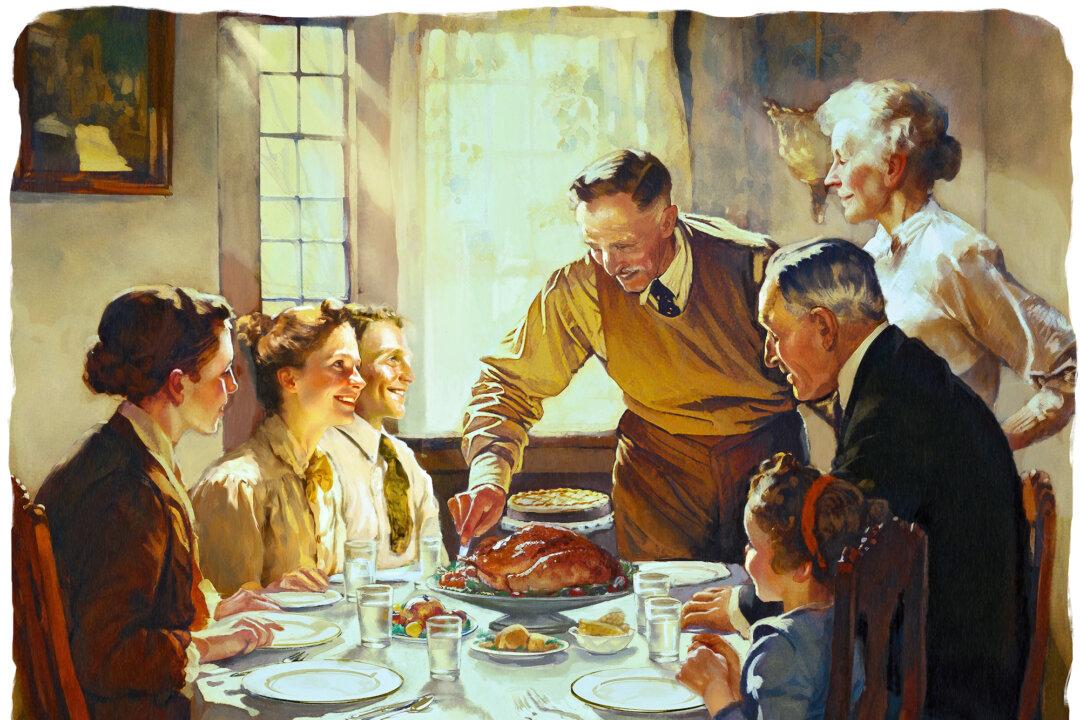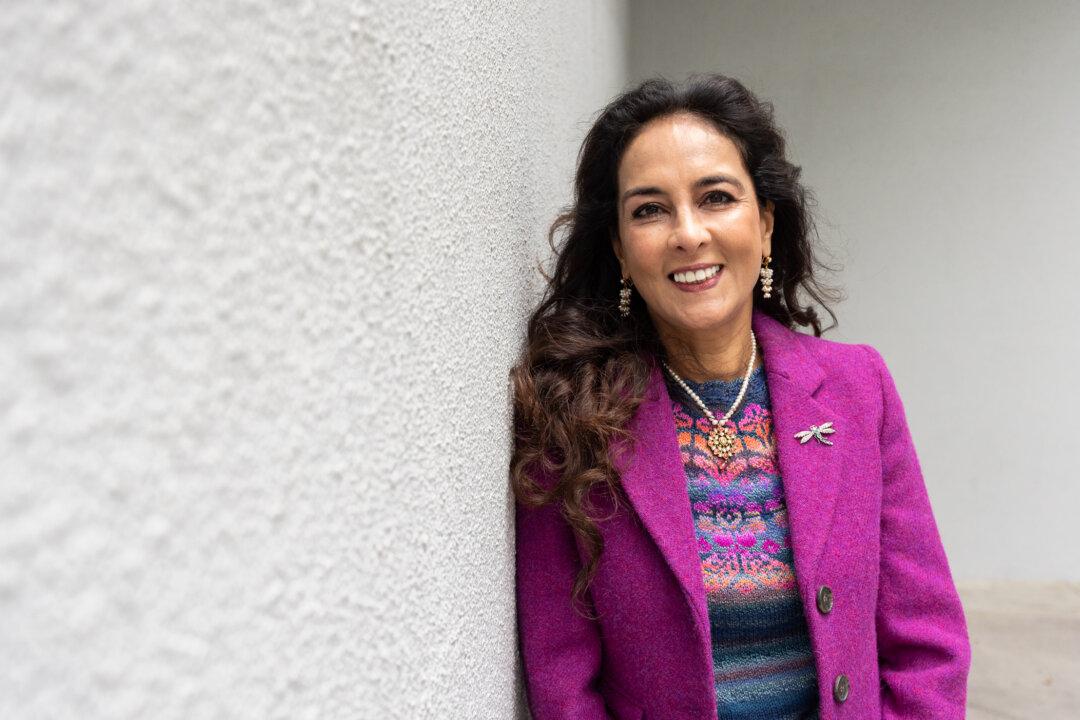Many young people are on the “give-up track” these days. What has gutted them?
Before you blame the pandemic and social media, consider the role of unrealistic expectations.
High expectations become unrealistic when a young person is told that they’re “awesome” after a weak performance. Low expectations are unrealistic when mental health disorders are blamed for weak performance.
Young people can’t build inner strength when they’re rescued from every frustration. When you live in a protective bubble, you don’t learn to manage the stress that’s inevitable outside it.
Stress is a release of cortisol, the chemical that alerts the body to survival threats. If your life is basically safe, a small threat such as losing your password triggers cortisol because that’s the biggest obstacle to meeting your survival needs at that moment.
Cortisol does its job by making you feel so bad that you do what it takes to make it stop. Our ancestors foraged in the snow because finding food relieves the cortisol of hunger. We are here today because our ancestors didn’t give up when they felt bad.
For most of human history, young people learned by doing. They foraged with their parents, so they saw how action was necessary to relieve hunger. They had to learn fast because they’d have their own children to provide for when they reached puberty.
Today, young people order pizza on their parents’ credit card, and if the pizza doesn’t come, it’s someone else’s fault. A person can reach adulthood without the skills necessary to meet their own survival needs.
The human brain is wired by lived experience. Cortisol makes a hungry baby cry, and dopamine triggers joy when milk arrives. Cortisol motivated our ancestors to collect firewood in the fall to avoid freezing in the winter. Cortisol motivates students to try again when they get a wrong answer on a math problem.
Dopamine makes us feel good when we find firewood or get the right answer on a math problem. Each brain learns to shift a bad feeling to a good feeling from its own experience.
If you are protected from bad feelings, you don’t learn the joy of overcoming obstacles. You don’t build trust in your problem-solving skills if others solve your problems for you.
Giving up relieves cortisol in the short run but deprives you of dopamine in the long run. When life in the bubble gets frustrating, you blame society and disorders, and you expect someone else to fix it.
“Warning signs” of mental health problems are widely discussed, but the need to build emotion-regulation skills by tackling obstacles is rarely discussed. So it isn’t surprising that many young people give up.
Maybe you know someone on the give-up track.
Maybe you’ve contributed to their unrealistic expectations, with all good intentions.
Maybe you’re on the give-up track yourself.
It’s great to know that emotion regulation skills can be learned. If you didn’t learn yesterday, you can learn today.
It’s harder once the neuroplasticity of youth is over. Toddler tantrums are easier to master when you’re a toddler. Once you’ve reinforced that uncontrolled rage response for years, it’s harder to build a new response. But it’s possible, just like it’s possible to learn a new language after toddlerhood.
And it’s worth the effort because medication can’t delete the meltdown pathway you’ve built up for years. You can only free yourself by repeating an alternative response, over and over, the way you’d learn a new language.
1. The Urge to Be Special Is Natural
We are all born helpless, so we need social recognition to survive. This wires in life-or-death feelings about social recognition. Everyone wants to be special, yet we all have to share the world with 8 billion others who want to be special, too. Any moment of specialness that you manage to get soon passes, so you keep looking for more. You can train your brain to feel safe even when you’re not special, but it takes a lot of repetition because the primal fear of not being special is so deeply wired in.2. Your Conscious Brain Isn’t Reliable
We are told that our “rational” brain is supposed to control our emotional brain, but this is bad advice. The “rational” brain is less rational than you think. It’s good at rationalizing. It comes up with “good reasons” for whatever you feel like doing. It finds evidence and fancy language to justify your primal urge to be special and to run from cortisol.3. Happiness Is a Learned Skill
We have been taught that bad feelings are evidence of a disorder. This disease model of mental health implies that happiness is effortless for “normal” people, so if it isn’t effortless for you, “treatment” is necessary. The truth is that happy brain chemicals are released in short spurts when you see a way to meet a survival need. Dopamine, serotonin, oxytocin, and endorphin are meant to motivate action, not to flow all the time for no reason.This is why everyone has ups and downs, and everyone is on the lookout for ways to spark happy chemicals. There are shortcuts that hurt you in the long run, but you can learn to spark your reward chemicals with small steps toward meeting your needs. Repetition builds the neural pathway that makes this your new normal.
We don’t help young people by feeding them the delusion that their awesomeness will bring effortless happiness. If you are rescuing a young person, you are doing it for yourself rather than for them. Maybe it makes you special in your own peer group.
Once you stop fueling their unrealistic expectations, it will take time for them to leave the give-up track. The experiences of youth are the foundation of a person’s neural network, so it takes a lot of new experiences to rewire them. Let’s not give up quickly in our efforts to re-route the give-up track.





